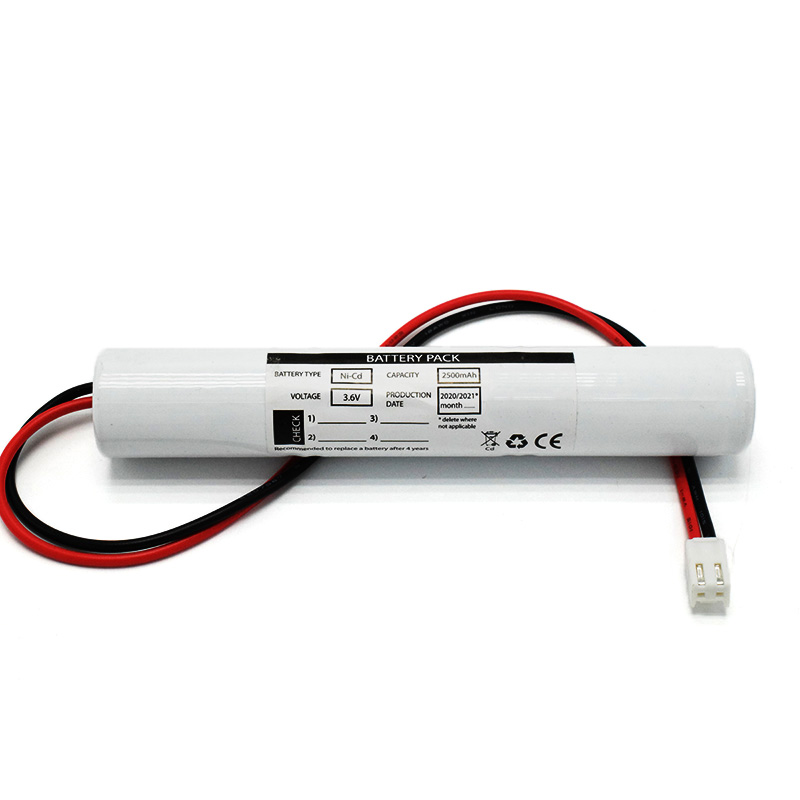Emergency lights typically have a battery back-up that will operate the light in the event the power goes out, regardless of if there’s a generator for back-up power. Exit signs can and should also have a battery, especially if the building doesn’t have generator.
During fire department inspections, the functionality of emergency lights is routinely assessed, ensuring they operate seamlessly with or without power. To comply with federal and state regulations, maintaining these lights is crucial. When considering installation of new or updated emergency lights, should you opt to solely change the battery or replace the entire fixture?
During emergencies like fires, commercial buildings must have functional emergency and exit-path lighting. These lights are crucial for illuminating hallways, stairwells, and exits. They must emit a minimum of 1.07 lux of light along the emergency exit path at floor level and remain lit for at least 90 minutes.
Even in buildings without a centralized inverter or backup generator, emergency lighting is obligatory. This necessitates dedicated emergency lights or battery backup LED drivers in specific fixtures. In many instances, lights required to be battery-powered are equipped with distinct circuitry to activate during power outages.
Ni-Cd Battery Pack SC 1200mAh 3.6V
There are two primary types of batteries utilized to power exit signs and emergency lights:
Smaller in size.
Offer flexible positioning.
Lighter weight, needing less installation support.
May cost more.
Susceptible to extreme temperatures.
If not fully discharged initially, may never reach the designed capacity.
Generally more affordable.
Less affected by extreme temperatures.
Heavier, requiring additional installation support.
Must be positioned upright.
Larger in size.
Not suitable for deep cycling.
Battery life typically spans between 2 to 4 years, available in varying voltages and amperages, with relatively straightforward maintenance procedures. Regular cleaning and testing of emergency lighting batteries are crucial to ensure operational readiness and prevent dimming. A well-charged, well-maintained battery should sustain emergency lighting for at least 90 minutes. If the 90-minute emergency tests indicate failure (i.e., the lights don't illuminate or lack sufficient brightness), immediate battery replacement is necessary.
It's important to test each battery individually at regular intervals and promptly replace any that fall short.
Even if a battery remains functional after its maximum operational lifespan (typically four years), replacing it is advisable for organizational convenience. Replacing all batteries simultaneously is more practical than a piecemeal approach. In larger buildings, a systematic replacement strategy by floor might be feasible. Additionally, replace batteries displaying any signs of wear and tear, as some damages can affect the entire fixture, necessitating a complete replacement.
There are various reasons why you might consider replacing your emergency light fixture.
Advancements in illumination technology, notably the widespread adoption of LED lighting, offer several advantages such as:
Reduced energy consumption.
Enhanced efficiency.
Smaller and safer lighting products.
Ability to maintain the mandated minimum 90-minute illumination without an extra battery pack.
Modern lights utilizing LED technology are smaller and generate less heat compared to traditional incandescent or halogen bulbs. The availability of sleeker designs makes them an appealing choice for commercial or apartment buildings.
If an emergency light uses traditional halogen or incandescent bulbs, it's likely older (at least 10 years) and larger compared to newer models. Considering a replacement with an LED light is recommended.
Visible wear and tear, like dirt, discoloration, or haze on lamp heads, can significantly impact light performance. In such cases, replacing the fixture is advisable. Moreover, signs of battery corrosion, leaks, foaming, or crustiness indicate aging and necessitate immediate replacement.
One might wonder why opt for a battery replacement rather than acquiring a new fixture, especially with the advancements in LED technology and more affordable prices. Why not invest a little extra for a new fixture instead of simply replacing the battery?
Replacing a battery is often a simpler task compared to changing an entire fixture. While your property might have skilled employees capable of replacing numerous batteries, the expertise required for replacing a fixture involving wiring may not be readily available on staff. Typically, the involvement of a licensed electrician is best suited for this job, which can be more costly and time-consuming.
When replacing an entire fixture, an electrician would usually need to deactivate the power in the area they're working in. Coordinating power shutdowns while people are present and working requires considerable coordination and might lead to dissatisfaction among some tenants. In contrast, battery replacement typically does not necessitate a power shutdown.
Furthermore, batteries might not function optimally in cold or wet conditions. In such cases, an electrician might consider relocating an interior fixture's battery, power, or remote head to the outside, for instance. While manageable, this aspect needs careful consideration to ensure no crucial details are overlooked.

 Ni-MH Battery C4700mAh 3.6V
Ni-MH Battery C4700mAh 3.6V Nickel Cadmium Nicd Battery Pack SC1800mAh 3.6V
Nickel Cadmium Nicd Battery Pack SC1800mAh 3.6V Ni-Cd Battery Pack D4000mAh 3.6V
Ni-Cd Battery Pack D4000mAh 3.6V Ni-Cd Battery Pack C2500mAh 3.6V
Ni-Cd Battery Pack C2500mAh 3.6V NICAD Battery Pack AA900mAh 3.6V
NICAD Battery Pack AA900mAh 3.6V LiFePO4 IFR18650 1600mAh 3.2V
LiFePO4 IFR18650 1600mAh 3.2V LiFePO4 IFR18650 1600mAh 6.4V
LiFePO4 IFR18650 1600mAh 6.4V Ni-MH Battery C4000mAh 3.6V
Ni-MH Battery C4000mAh 3.6V E-bike Battery 48V 10Ah JL-1
E-bike Battery 48V 10Ah JL-1 E-bike battery 48V 10Ah Qing Tian
E-bike battery 48V 10Ah Qing Tian